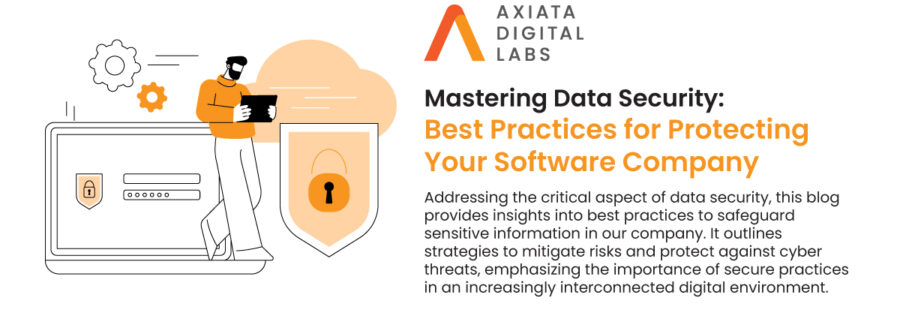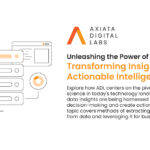In an era where data is a valuable currency, safeguarding sensitive information has become paramount for businesses, especially software companies. ADL handles vast amounts of data, ranging from proprietary source code to customer information. A data breach can not only result in financial loss but also erode trust and credibility. Therefore, mastering data security is non-negotiable. In this blog post, we’ll explore the best practices for protecting your software company’s invaluable assets.
Conduct a Thorough Risk Assessment
Understanding your vulnerabilities is the first step towards fortifying your data security. Conduct a comprehensive risk assessment to identify potential weak points in your system. Consider factors like the type of data you handle, existing security measures, and the potential impact of a breach. This assessment will serve as the foundation for your security strategy.
Implement Robust Access Controls
Limiting access to sensitive data is crucial. Implement strict access controls and ensure that employees only have access to the information necessary for their roles. Use role-based access controls (RBAC) to define and manage permissions effectively. Regularly review and update access rights to reflect organizational changes.
Encrypt Data at Rest and in Transit
Encryption is your first line of defense against unauthorized access. Ensure that data is encrypted both when it’s stored on your servers (at rest) and when it’s being transmitted between systems (in transit). Use strong encryption protocols such as AES (Advanced Encryption Standard) and SSL/TLS for securing communications.
Regularly Update and Patch Software
Outdated software can be a gateway for cyber threats. Regularly update and patch all software, including operating systems, applications, and security tools. Implementing an automated patch management system can help ensure that your software is always up to date.
Implement Multi-Factor Authentication (MFA)
MFA adds an extra layer of security by requiring users to provide multiple forms of authentication before gaining access to sensitive systems or data. This could include something they know (like a password) and something they have (like a one-time code from a mobile app).
Train and Educate Employees
Employees are often the weakest link in a company’s security chain. Provide comprehensive training on security best practices, phishing awareness, and data handling protocols. Encourage a culture of vigilance and empower employees to report suspicious activity promptly.
Regularly Back Up Data
Data loss can occur due to various reasons, including cyberattacks, hardware failures, or human error. Regularly back up your data and ensure that backups are stored securely, preferably offsite. Test your backups to ensure they can be restored in case of an emergency.
Monitor and Audit Activity
Continuous monitoring of network and system activity can help detect anomalies or suspicious behavior early on. Implement robust logging and auditing mechanisms to keep track of who accesses what data and when. Regularly review these logs for signs of unauthorized access
Engage a Third-Party Security Audit
Consider bringing in a reputable third-party security firm to conduct a thorough security audit. They can provide an unbiased assessment of your security measures and identify areas for improvement.
Stay Informed and Evolve
The world of cybersecurity is dynamic, with new threats emerging regularly. Stay informed about the latest trends, vulnerabilities, and best practices. Continuously update your security measures to adapt to the evolving threat landscape.
Remember, data security is not a one-time task; it’s an ongoing commitment. By implementing these best practices, you can build a robust defense against potential threats, ensuring the safety of your valuable assets and the trust of your customers.




